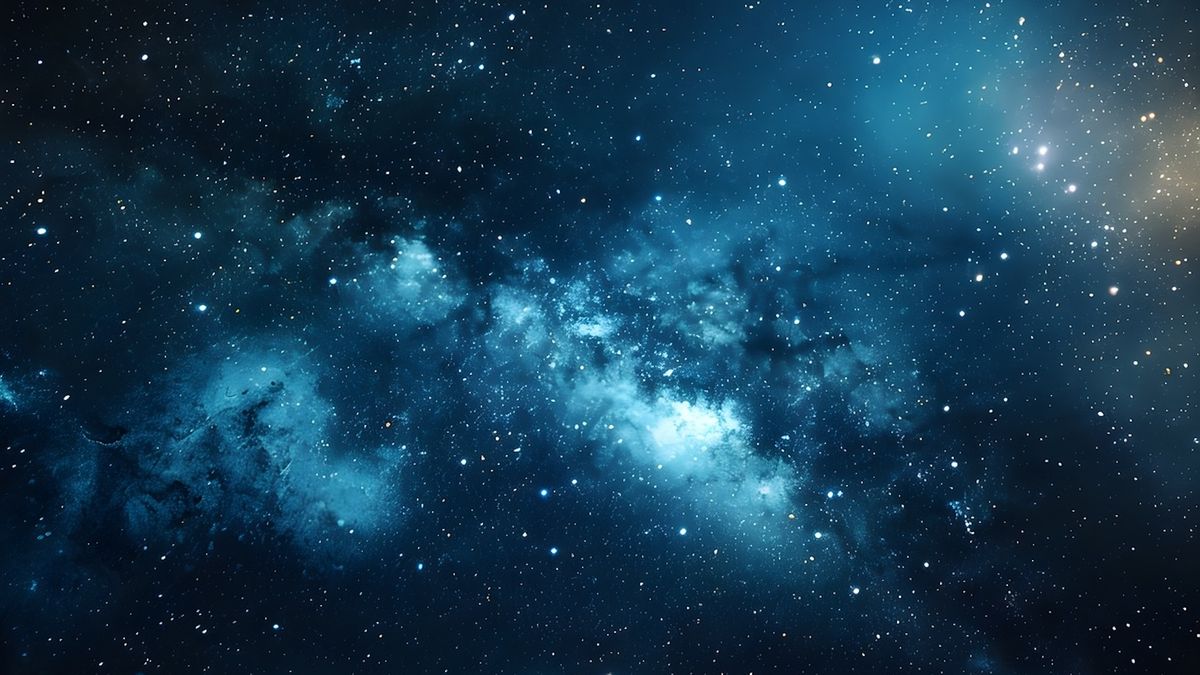Dark energy, the mysterious force that’s driving the accelerating expansion of the universe, may not actually exist, scientists say. Their research has brought into question one of the cornerstones of modern cosmology.
In a new study, published Dec. 19, 2024 in the journal Monthly Notices of the Royal Astronomical Society, the researchers analyzed data from the Pantheon+ survey — the most comprehensive dataset of type Ia supernovae, whose consistent brightness allows astronomers to measure distances across the universe with incredible precision. Their analysis suggests that what we perceive as acceleration might be an illusion caused by the large-scale structure of the cosmos.
Studying the universe with type Ia supernovae
Type Ia supernovae, the explosive deaths of white dwarf stars, have long served as one of cosmology’s most powerful tools. These stellar events occur when a white dwarf accretes enough material from a companion star to trigger a thermonuclear explosion. Because type 1a supernovae produce consistent peak brightness, measuring their brightness when observed from Earth can reveal how far away they are.
“Type Ia supernovae are extremely valuable in astronomy since they act as standardizable candles with which we can measure vast distances in the Universe,” study co-author Zachary Lane, a researcher at the University of Canterbury in New Zealand, told Live Science in an email.
By combining this distance information with the redshift of the supernovae — the stretching of light to redder wavelengths due to the universe’s expansion — scientists have mapped the universe’s growth over time. Decades ago, researchers used this method to show that the universe’s expansion was accelerating, a discovery that led to the hypothesis of dark energy — a mysterious, unseen force thought to permeate space and drive this acceleration.
Pantheon+ dataset
The Pantheon+ dataset is the most extensive and precise collection of type Ia supernovae ever assembled. Spanning decades of observations from both ground-based and space telescopes, it contains data on 1,500 supernovae across space-time.
“At the time of this study, the Pantheon+ Type Ia Supernovae spectroscopic dataset was the largest and most pristine collection of purely Type Ia supernovae,” Lane said.
The dataset’s precision and size make it a goldmine for testing cosmological models. Its detailed records of brightness and redshift offer unparalleled insights into how the universe has evolved, providing a critical testing ground for alternative theories to the standard cosmological model.
Challenging dark energy
While the idea of dark energy explains much of the observed acceleration in the universe, it has always carried an air of mystery. Dark energy has never been directly detected, nor has its origin been explained theoretically, prompting some scientists to explore other explanations.
The new study takes aim at a key assumption of the standard model: that the universe is homogeneous and isotropic on large scales, meaning it looks the same in every direction and from every vantage point.
This assumption underpins the need for dark energy to explain the universe’s expansion. However, Lane and his colleagues tested an alternative idea called the timescape model, which suggests that the apparent acceleration could be a byproduct of cosmic structures like voids — vast, near-empty regions of space between galaxy clusters.
“The standard model of cosmology is built on the assumption that the Universe is uniform and featureless on large scales and that cosmic structures do not significantly impact the evolution of the Universe,” Lane said. “Timescape abandons these assumptions and finds that the apparent acceleration of the Universe is the result of feedback between cosmic structures.”
Because of their sparse matter and gravity, voids expand faster than denser parts of the universe, such as galaxy clusters. According to the timescape model, the dominance of these voids in the cosmic landscape could explain the observed acceleration without the need for dark energy.
Evidence in favor of timescape
The team analyzed the Pantheon+ dataset and found that their results align remarkably well with the timescape model — and in some cases even outperformed the standard cosmological model.
“When considering every supernova, including those very close to us in the Milky Way, which could be influenced by local structures, we find very strong preference in favor of the Timescape model,” Lane said. When supernovae in the nearby universe were excluded to account for local differences, the evidence remained supportive, echoing findings from the Dark Energy Survey (DES).
These results pose a direct challenge to the necessity of dark energy. “Consistently finding moderate or stronger evidence for a cosmological model without dark energy using one of the most historically significant observational methods is an exciting prospect to be explored for the future of cosmology,” Lane said.
The road ahead
While the findings are compelling, Lane stressed that further research is needed to solidify the case for timescape. “While other factors need to be considered for this to be more established within the cosmology community, it proves a promising initial test,” he said.
In the future, the team plans to combine the Pantheon+ dataset with data from the Dark Energy Survey and baryon acoustic oscillations — patterns in the distribution of galaxies that can be used as another cosmic ruler. The astronomers are also conducting simulations of how voids expand under the framework of general relativity and exploring how these effects apply to galaxy formation and evolution.
“Our research group is exploring several extensions to our current work, aiming to challenge foundational aspects of cosmology,” Lane said. “A strong competing framework will still enhance the future of cosmology and our current understanding of the challenges facing the field.”
